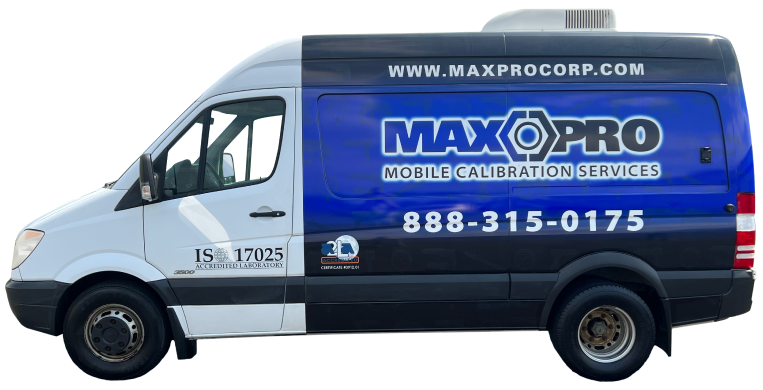Hydraulic torque wrenches are unique tools that produce significant amounts of
torque output when connected to the required operating hydraulic pump.
10 tips focused on operational safety when using this system:
- Wear proper P.P.E, gloves and safety glasses specifically are a must.
- Focus on running the equipment, remove all distractions when using equipment.
- Ensure the area has good lighting or bring in portable lights.
- Do a pre-job brief with others involved with the work at hand.
- Check the hydraulic pump:
- For air over hydraulic pumps, you must have 90 PSI with 30 CFM
source - For electric over
hydraulic pumps, you must have a 15-amp electric source and utilize a heavy duty (12 gage) extension cord when required
- For air over hydraulic pumps, you must have 90 PSI with 30 CFM
- Check the hoses between the pump and tool, ensure they are not damaged or bent.
- Look at all of the hydraulic fitting connections to ensure they are fully screwed together without any gaps when fully threaded.
- Confirm the hydraulic wrench is calibrated and you are using the correct pressure to torque chart for that unit via the serial number of that tool.
- Confirm the pump gage is calibrated and installed correctly on the pump.
- Keep all hands away from the hydraulic wrench when the tool in on the application, specifically when operating.

Hydraulic wrenches will save significant time and labor on heavy bolting applications such as flanges, valves, pumps and turbines when used properly. It’s important to be properly trained and follow all safety procedures to ensure the best outcome when using this equipment. Maxpro Corporation has over 25 years of experience in selling, renting, training, repairing and calibrating hydraulic torque wrenches.





